Ground penetrating radar, also know as GPR, is the use of radio waves to create images of underground features. Energy is released into the ground in short pulses and the reflected signal is used to create the image. When the pulses pass through objects or the boundaries between areas with different dielectric constants, it causes variations in the return signal that can be analyzed to show the presence of buried features.
Differing types of soil and rock have varying degrees of conductivity which can greatly influence the quality of the signal and limit the effectiveness of the technique. Soils with large amounts of clay or salt are a poor medium for GPR because they are highly conductive and tend to diffuse the radio waves before they can penetrate very deeply. In these cases, deeper features may be missed. This is a problem in parts of Florida, for instance, where the soil is rich in clay and has a high salt content. Other areas of Florida also have a problem with soil heterogeneity, in which chunks of rock tend to scatter the signal and limit its range and resolution.
However, in areas where conditions are favorable, GPR has a long list of uses. Utility companies can use it to create three-dimensional pictures of buried pipes, wires and other objects. Workers repairing dams and tunnels can locate flaws without costly digging.
In the field of law enforcement, GPR can be used to locate any sort of buried evidence. Ground penetrating radar is capable of finding hollow cavities in soil, rock or concrete and revealing the presence of objects there, including human remains. In many cases it may not be possible to get a clear image of the buried objects, but the GPR image will show that there is some sort of anomaly present, giving investigators an indication of where to look.
For archaeologists, ground penetrating radar presents an exciting range of possibilities. It allows the detection of buried structures, human burial sites, signs of ancient flood and earthquake activity and excavated features such as ditches, pits and tunnels. This is another application that is particularly relevant to Florida, where archaeology is revealing much about the region’s ancient cultures.
In cases of environmental damage, this technology can be used to detect old landfills and areas of chemical contamination. Buried objects such as old electronic equipment that can leach harmful substances into the ground can be found and eliminated.
Another application with particular relevance in Florida is the use of ground penetrating radar to find places with loose, sandy soil. Such areas are not suitable for large buildings, and builders know to avoid them.

